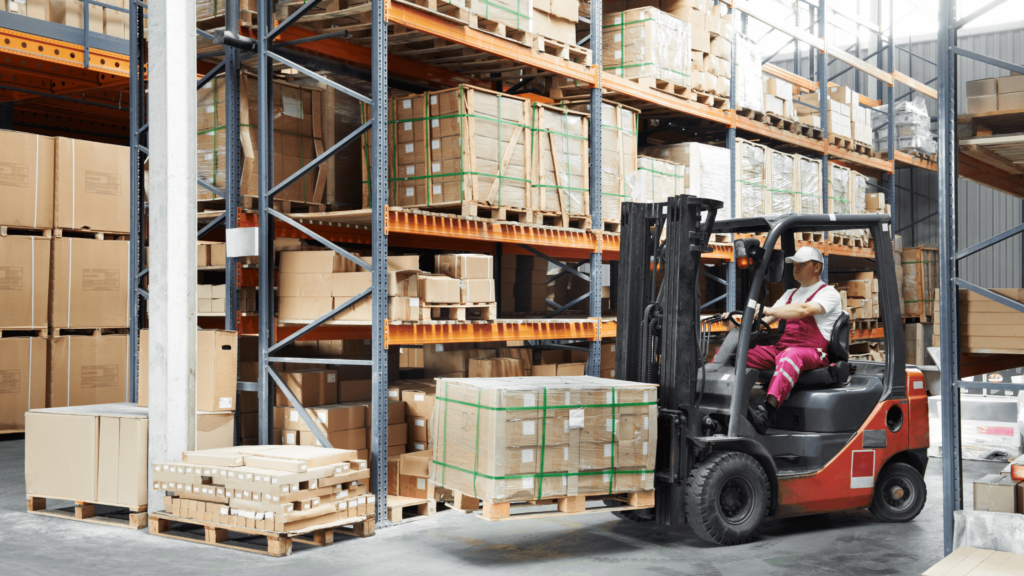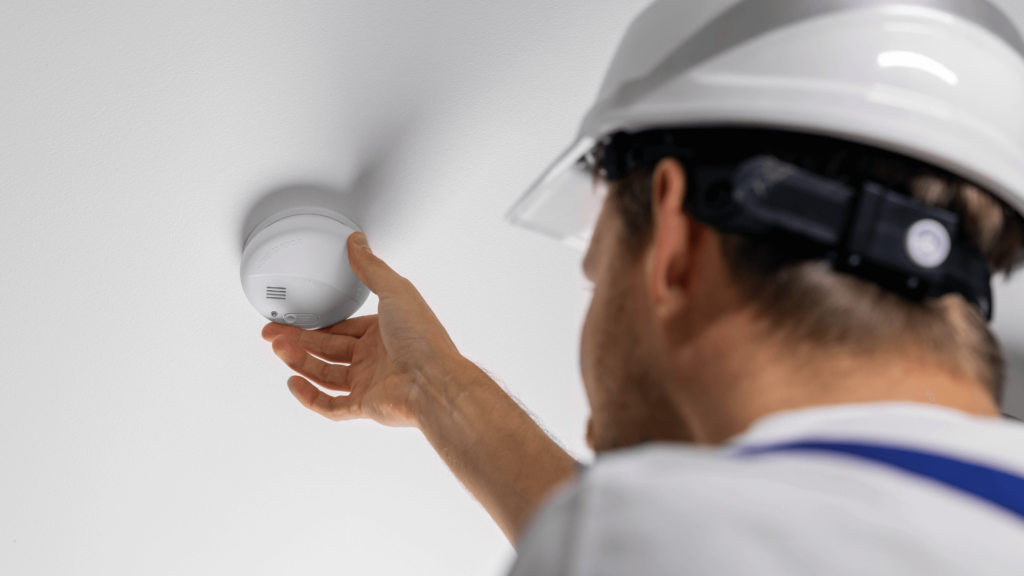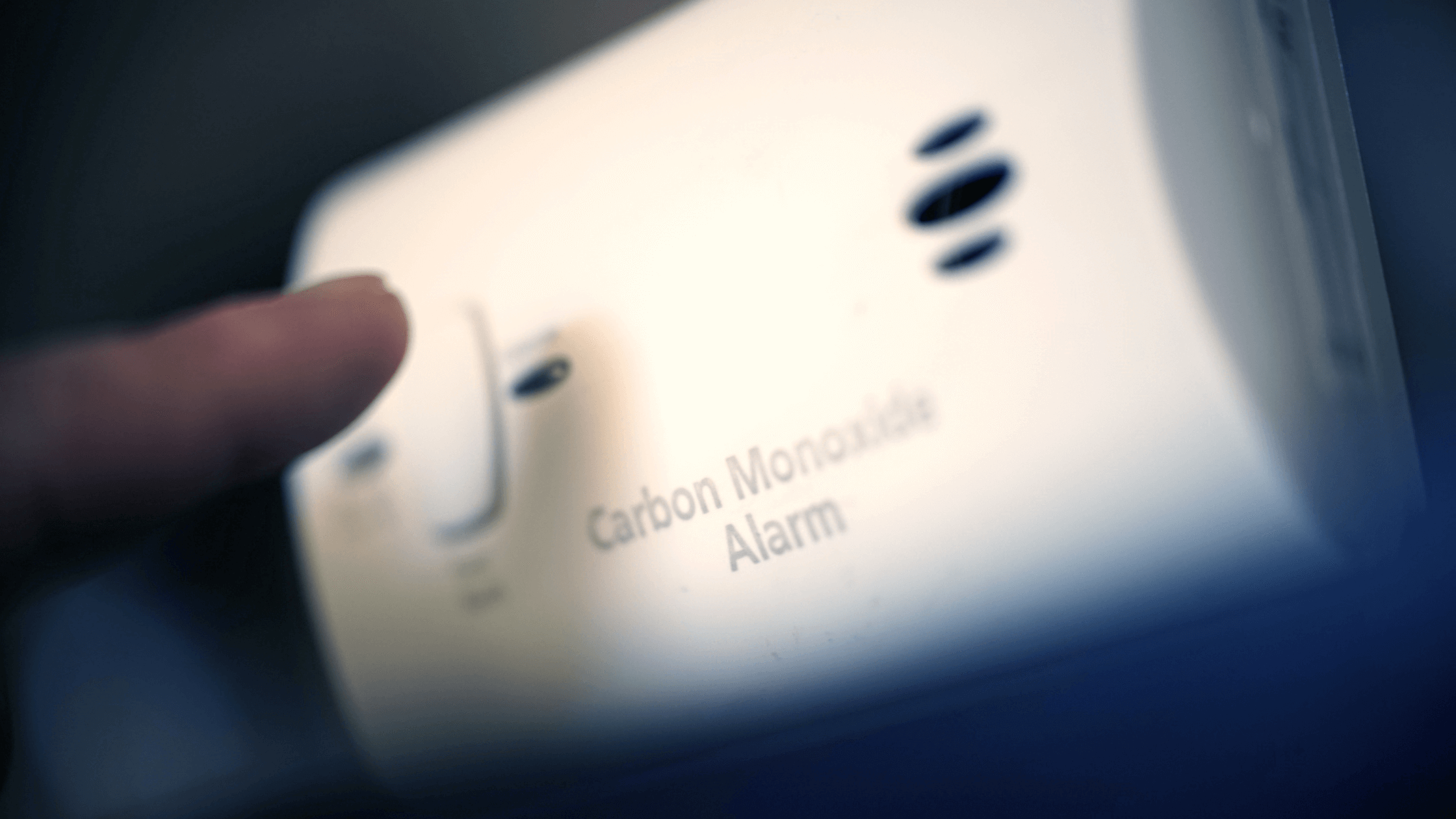Carbon monoxide (CO) is often called the “silent killer” because it’s a colorless, odorless, and tasteless gas that is almost impossible to detect without the right equipment. CO poisoning is a serious health risk that can cause symptoms like headaches, dizziness, nausea, and even loss of consciousness. In severe cases, it can be fatal. Installing carbon monoxide detectors, ensuring proper ventilation, and regularly maintaining fuel-burning appliances are important to prevent CO poisoning. By understanding these dangers and taking proactive steps, you can significantly reduce the risk of CO exposure and keep your home safe.
What is carbon monoxide poisoning?
Carbon monoxide poisoning occurs when CO gas builds up in the bloodstream, replacing oxygen in red blood cells. This can lead to tissue damage, severe illness, or, in more serious cases, death.
CO is produced when fuels like gas, wood, coal, or oil are burned incompletely. Since CO is invisible and odorless, it’s difficult to detect without specialized equipment, making it particularly dangerous in enclosed or poorly ventilated spaces.
Causes of CO poisoning

CO poisoning can occur in various settings, especially where fuel-burning equipment is used. Certain job sites and situations are particularly risky:
- Enclosed spaces: Poorly ventilated areas, such as garages or workshops, can trap CO, leading to dangerously high concentrations.
- Car, truck, and forklift engines: Running engines in enclosed spaces, like garages or warehouses, can quickly lead to CO buildup if not adequately ventilated.
- Generators and air compressors: These machines are often used indoors during power outages or construction work, posing a CO risk if the space is not adequately ventilated.
- Power washers and power concrete trowels: These tools are typically powered by gas engines, which can emit CO if used in enclosed areas.
- Chain and chop saws: When used in poorly ventilated spaces, these saws can produce enough CO to be dangerous.
- Boilers, kilns, and heaters: These appliances, especially if faulty or improperly ventilated, can release CO into living or working spaces.
Health effects of carbon monoxide exposure
Carbon monoxide exposure affects the body by preventing oxygen from reaching tissues and organs. The severity of the effects depends on the concentration of CO and the duration of exposure. Short-term exposure can cause symptoms like headaches and dizziness, while long-term exposure can lead to severe health complications or death.
Certain groups are at higher risk of CO poisoning, including:
- Elderly individuals: Age-related health issues can exacerbate the effects of CO. If an elderly individual already has heart problems or difficulty breathing, then exposure to CO can be hazardous.
- Infants and young children: Their smaller bodies are more susceptible to CO poisoning, so even a low level of CO can be life-threatening.
- Pregnant women: Exposure to CO can affect the developing fetus, leading to developmental issues.
- People with chronic health conditions: Those with heart disease, anemia, or respiratory problems may experience more severe effects as their bodies are already struggling to get enough oxygen.
- Immunosuppressed individuals: Weakened immune systems can lead to more severe reactions to CO exposure.
Symptoms of CO poisoning
The symptoms of CO poisoning can vary depending on the level of exposure. The concentration of the gas in the air and the length of time a person has been exposed can dramatically affect the type and severity of symptoms. Some of the most common symptoms of CO poisoning include:
- Headache
- Dizziness
- Nausea
- Vomiting
- Chest pain
- Confusion
- Weakness
- Shortness of breath
- Blurred vision
- Loss of consciousness
These symptoms can be easily mistaken for the flu, food poisoning, or other illnesses, making it crucial to consider CO exposure, especially if multiple people in the same environment exhibit similar symptoms.
Carbon monoxide is eventually breathed out of the body, but dangerously high levels can be fatal. Approximately four hours after the person has stopped being exposed to the gas, roughly half of the CO in the body will have been breathed out.
How to reduce exposure risk

Preventing CO poisoning involves several strategies, and knowing how to stay safe while on the worksite is crucial.
1. Proper ventilation
Ensure proper ventilation in spaces where fuel-burning appliances are used. Never run engines or generators indoors. Where ventilation is limited, ensure you wear proper PPE with respirators.
2. CO detectors
Install CO detectors in homes, workplaces, and any area where CO exposure is possible. Regularly check and replace the batteries. Detectors should be completely replaced after 5-7 years.
3. Regular maintenance
Keep appliances, engines, and other fuel-burning equipment in good condition. Poorly maintained equipment often emits more carbon monoxide. Regular inspections can catch potential CO leaks before they become dangerous. Checking your equipment to see if it can be fitted with emission control devices can also help reduce emissions.
4. Safe use of equipment
Follow manufacturer guidelines when using fuel-burning tools and appliances, especially in enclosed spaces. Ensure adequate ventilation and that your equipment operates optimally without any leaks or faults. It is also important not to leave equipment running when it’s not in use, as that creates unnecessary exposure to CO.
5. Educate yourself and others
Awareness of CO poisoning risks and symptoms is possibly the best (and easiest) strategy to prevent accidents. Symptoms can mirror other common ailments like the flu, so consider CO poisoning a possibility when there is a possible risk of exposure. Ensure that all household members or coworkers know the dangers and how to respond in an emergency.
Bottom line
By understanding CO risks and taking proactive measures, you can significantly reduce the chances of CO poisoning in your home or workplace. Ensure your equipment is operating at optimal levels, ensure adequate ventilation, and wear proper PPE if ventilation is limited. Know the dangers and protect yourself.
Subscribe to our weekly newsletter for more tips on staying safe in the workplace.



3 comments